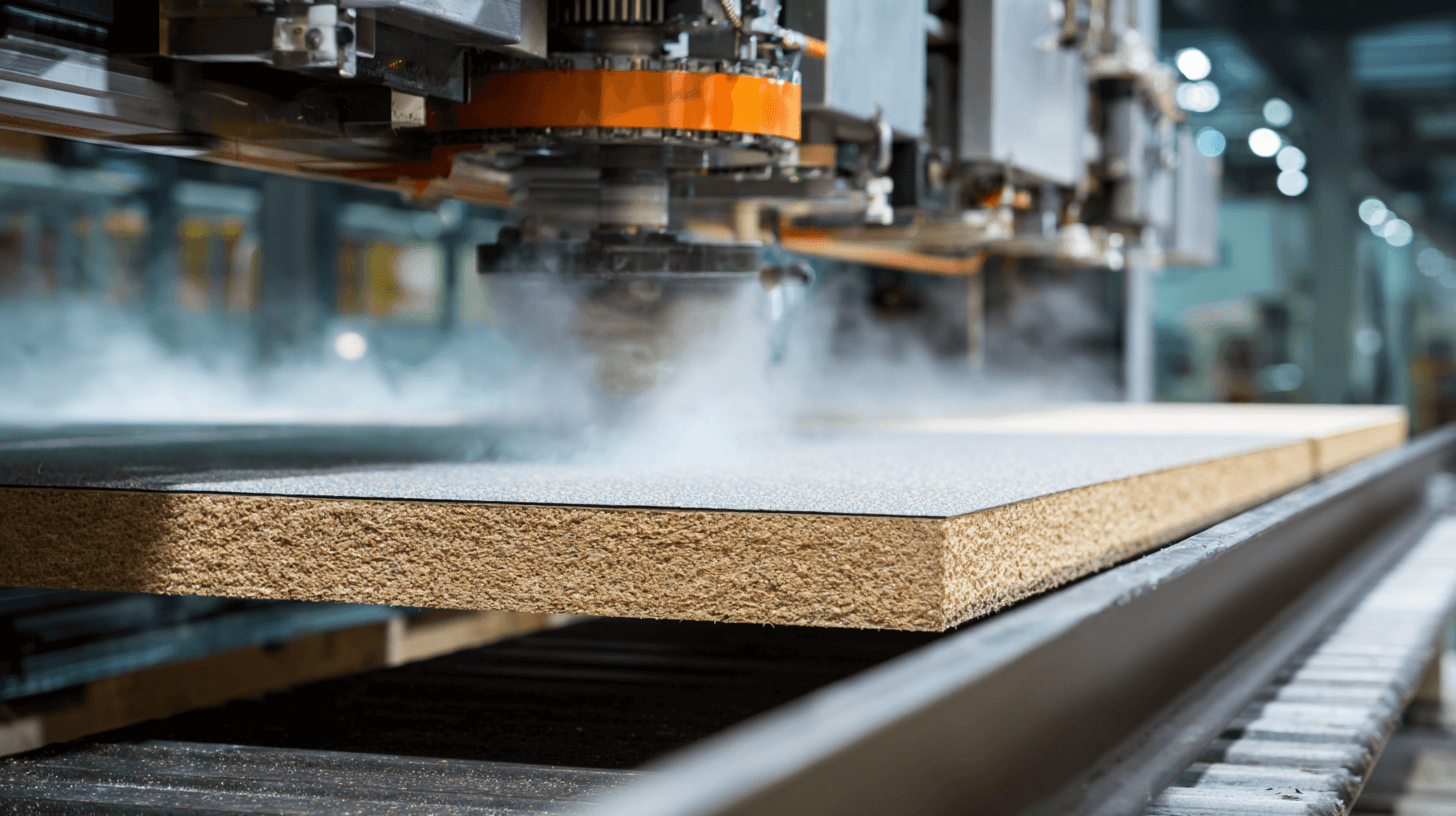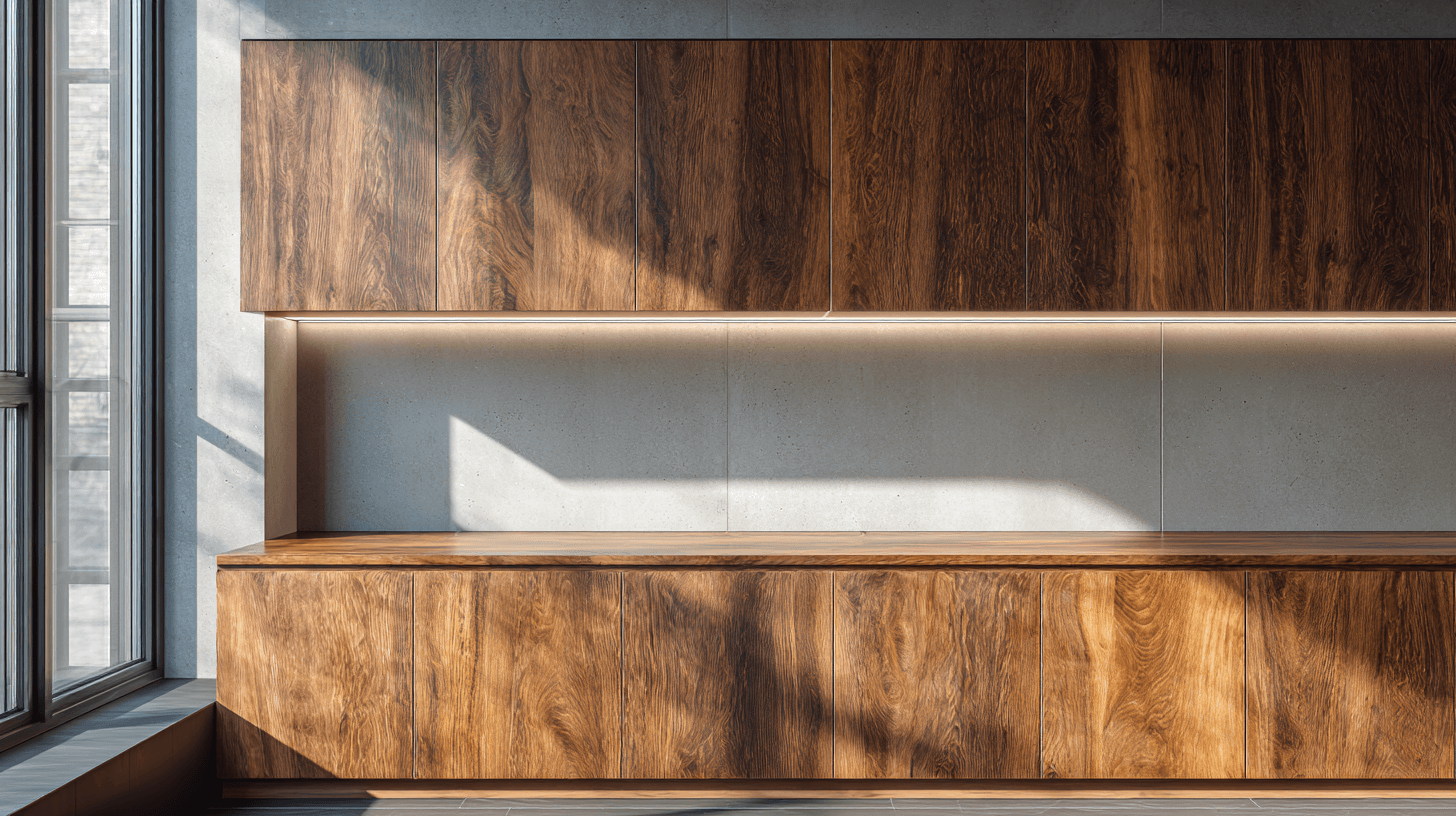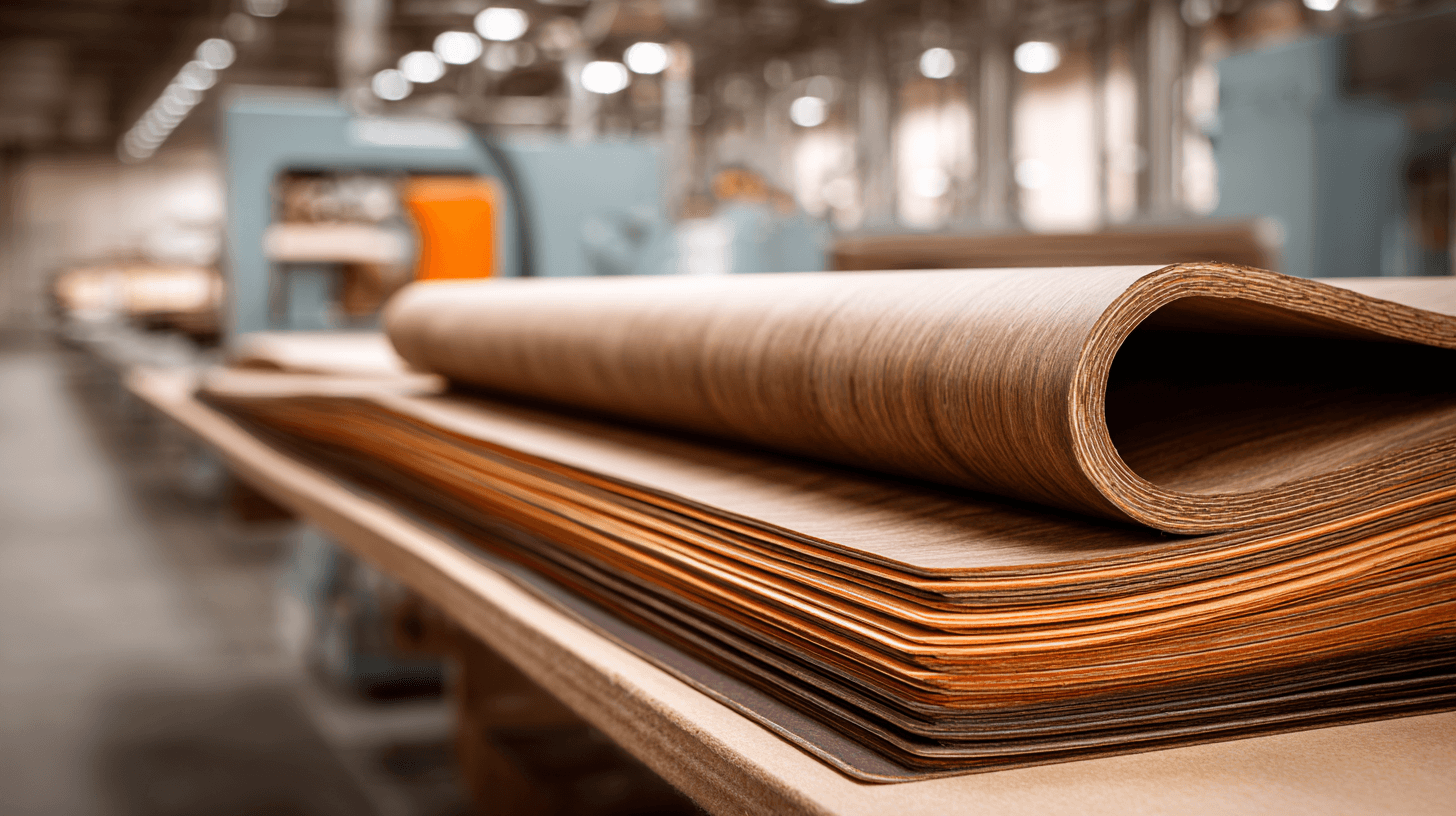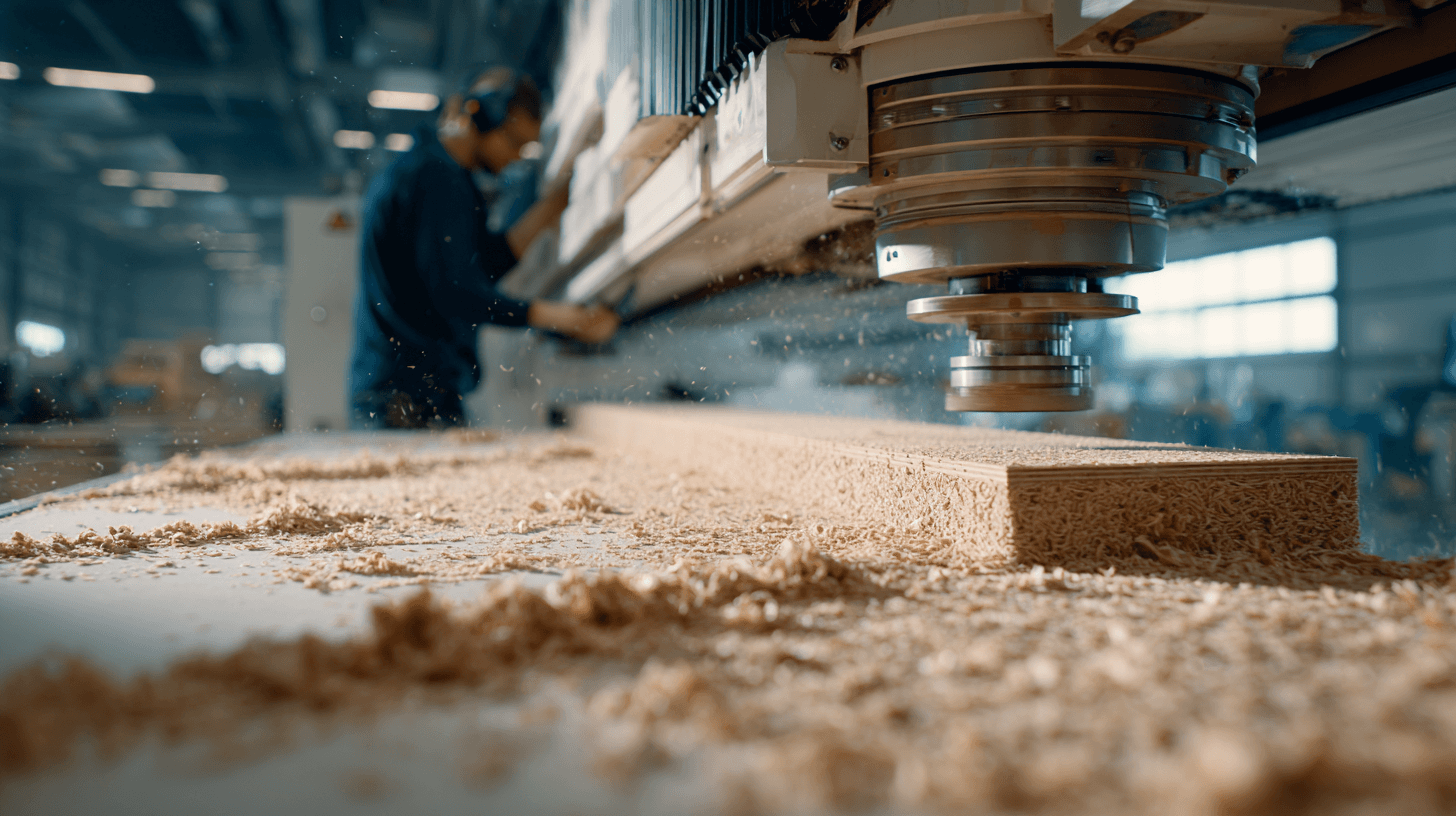Section 1: Introduction: Decoding Terminology in Wood-Based Panel Processing
1.1. User Query Analysis: “Lamination of Chipboard” versus “Film Application”
The request for “film application” and “lamination” services in Kyiv and the Kyiv region touches upon a complex and technically ambiguous segment of the woodworking and furniture manufacturing market. Analysis shows that the terms “lamination” and “film application” are not synonyms. They refer to different industrial processes, use different materials, and, most importantly, are applied to different types of panel substrates (chipboard versus MDF).
For B2B customers (designers, furniture workshops, or construction contractors), it is critically important to understand this difference, since searching for a company using the wrong term (for example, searching for “chipboard lamination”) will lead to irrelevant suppliers (for example, companies dealing exclusively with cutting, or printing firms). This report systematizes the market, clearly separating these services and identifying suppliers for each specific task.
1.2. Industrial Reality: “Chipboard Lamination” as a Finished Product
The first and main terminological difficulty lies in the concept of “chipboard lamination.” In an industrial context, “laminated chipboard” (LCSB) is not a service, but a finished panel material that is produced under factory conditions. Large retailers, such as “Epicentr K,” offer a wide range of ready-made laminated panels, for example, “SWISS KRONO laminated chipboard.”
The service of “laminating” raw chipboard (that is, applying melamine film to it under high pressure and temperature, as is done in factories) in small or individual volumes on order in Kyiv is virtually non-existent.
Companies that appear in searches for “chipboard lamination” most often provide secondary services for processing already finished LCSB. A striking example is the company “Arnio.” Their list of services clearly states “Chipboard Cutting” and “Edgebanding.” Although the term “lamination” may appear in the company’s descriptive texts, there is no such operation in the structured price list of services.² This indicates that the term is used either for general descriptive purposes (comprehensive LCSB processing) or to attract search traffic. Consequently, a customer searching for “chipboard lamination” is actually looking for either (A) purchasing LCSB, or (B) cutting and edgebanding already purchased LCSB.
1.3. Definition and Delineation of Relevant Services
Analysis of the query and available offerings in the Kyiv market allows us to identify the following clearly delineated technological processes that the user may have meant:
A. PVC Film Application (Film Facades)
This process typically involves applying decorative polyvinyl chloride (PVC) film to MDF board (not chipboard). The key technology here is vacuum or membrane pressing, which allows the film to cover not only a flat surface but also relief milling on the facade. This is the most likely answer to the query “film application.” Companies in this segment typically offer the manufacture of “film facades.”
B. Veneering (Facing)
This process involves applying a thin slice of natural wood (veneer) to a substrate (chipboard, MDF, plywood). This is a premium service that technically corresponds to the query “wood lamination.” The company “Trans Lok” is a direct provider of this service in Kyiv, using various methods including hot, cold, and membrane pressing.
C. HPL Lamination (High-Pressure Laminate)
This is the process of applying high-pressure laminate (HPL), also known as “plastic” (for example, Fundermax, Formica), to a chipboard or plywood substrate. This material is used for products requiring high wear resistance, such as countertops. This is also relevant to the “lamination” query.
D. LCSB Cutting and Edgebanding
As mentioned above, this is a service for cutting and processing already laminated chipboard. The main players are “Arnio”² and “Kronas.”
E. Irrelevant Services (Filtering)
It is necessary to immediately filter out companies using the term “lamination” in the printing sense. For example, “Karbon-service” offers “lamination… of printed products” (hot and cold, matte and glossy), which has nothing to do with processing wood-based panels.
1.4. Key Market Dichotomy: Chipboard versus MDF
The query “film application… on chipboard” contains a fundamental technical and market contradiction. The “film application” (PVC) market is firmly linked to MDF.
The reason for this lies in the properties of materials and economic feasibility. MDF (medium-density fiberboard) has a dense, homogeneous structure that is ideal for deep shaped milling (creating relief on furniture facades). Vacuum pressing technology³ was developed precisely so that PVC film could cover this complex relief, creating a seamless “film facade.”
Chipboard (particle board), on the other hand, has a looser structure and is not intended for fine relief milling. Applying PVC film to a flat chipboard surface using vacuum pressing is economically impractical and technically excessive. For this task (obtaining a flat decorated chipboard surface), there is a cheaper and more mass-produced product — ready-made LCSB.
This conclusion is crucial for the customer: if “film” with decor or relief is required, look for the “MDF film facades” service. If you just need a flat laminated chipboard, you should buy ready-made LCSB and order its cutting.





